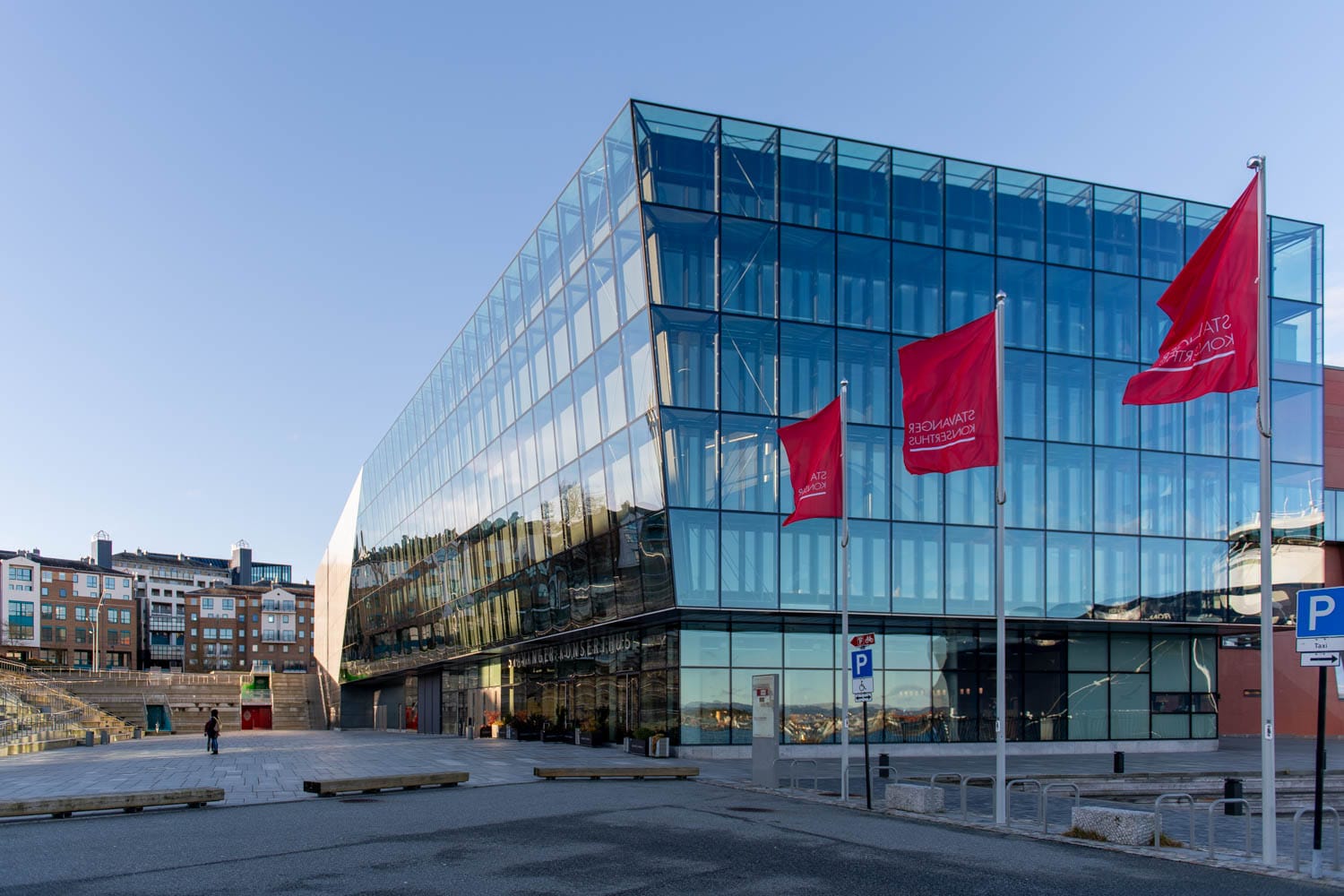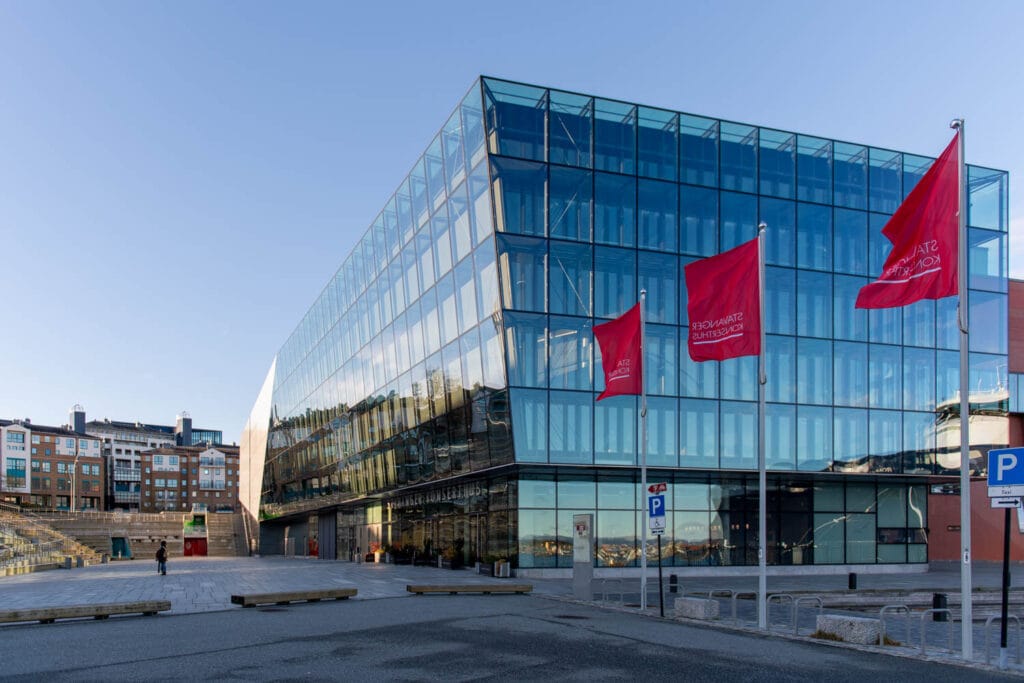Do you ever question whether your marketing material is delivering the right message? Are you developing the right type of content? Are you activating on the right channels? We all strive to stand out from the crowd and effectively communicate our distinctiveness, but how can we ensure we’re achieving this goal?
At Project Neon, when we start working with a new client, we kick-off with a “discovery” phase. This involves holding a workshop to explore the client’s business, goals, understand their offerings, the value they deliver, their target market, and more. Armed with this knowledge we then conduct a marketing audit, as a crucial part of this process. But what exactly is a marketing audit?
Defining the marketing audit
A marketing audit comprehensively evaluates a company’s marketing messages, activities, strategies, and assets. It involves a systematic and objective analysis of the different marketing materials and channels, and their alignment with the organization’s goals. Consider it a thorough check-up of your marketing endeavours, aiming to identify strengths, weaknesses, opportunities, and threats.
The purpose of a marketing audit
The primary purpose of a marketing audit is to gain a holistic understanding of the current marketing landscape (establishing a benchmark) and identify areas that can be improved or optimized (how you can grow). Our goal is to see whether your marketing activity reflects and delivers, based on the information shared in the workshop. It explores your marketing approach, allowing us to give you our expert opinion and advice. Then you can make informed decisions and course corrections.

The value of a marketing audit
This audit is more than just a paperwork exercise. We ensure that marketing audits deliver valuable insights and create clear actionable outcomes. Here are some of the key benefits of conducting a marketing audit:
- Evaluating your message:
Your marketing messages serve as your brand’s voice, shaping how your target audience perceives you. Does your message resonate with your intended audience? Is it effectively conveying your unique value proposition, and differentiating you from competitors? Is it easy to understand? Are you delivering the same message across your different marketing channels, or do they differ? By looking at what you’re saying and how you’re saying it, it’s possible to evaluate your messages’ clarity and consistency, you can refine your communication strategy for maximum impact. - Assessing target market alignment:
Understanding your target market is crucial for successful marketing. A marketing audit examines whether your current marketing efforts align with your target audience’s preferences, needs, and aspirations. By assessing what you are doing now we can help you refine your strategies to better connect with your ideal customers, driving higher engagement and conversion rates. - Optimizing marketing channels: In today’s fast-paced digital landscape, businesses utilise numerous marketing channels, from your website, social media, to email campaigns and content marketing. A marketing audit assesses the effectiveness of your current channels and how they connect you to your target market. There’s no point in spending hours on Facebook content if your customers aren’t there. Equally if you’re investing in attending an event, then are your other channels strategically aligned to maximise exposure? By reviewing and allocating resources strategically it’s possible to leverage the proper channels, maximize your reach and improve your return on investment (ROI).
- Reviewing marketing assets:
Your marketing collateral, such as websites, brochures, ads, and videos, represent your brand visually and verbally. A marketing audit evaluates these assets’ quality, consistency, and relevance, ensuring they align with your brand identity and effectively convey your message. This review helps identify outdated or ineffective materials which need to be refreshed or replaced to maintain a strong brand presence. Equally it can identify gaps in your toolkit. - Identifying growth opportunities:
by taking a step back and taking a clear look at what you’re doing, it’s also possible to see where there are gaps in your marketing strategy. It helps you see where you can expand your reach, penetrate new markets, or capitalize on emerging trends.
Fundamentally a marketing audit benchmarks your current efforts and gives everyone the insight needed to evolve and improve going forward.
They say knowledge is power and to us, at Project Neon, having this information about a client’s existing marketing efforts from the start, helps us add value and do our role more effectively. Since every company is different a rounded understanding lets us ensure the work, we do for a client is specific to their needs, not just based on generalisation.
What do you think a marketing audit on your company would tell you? We’ll leave you think on that…




